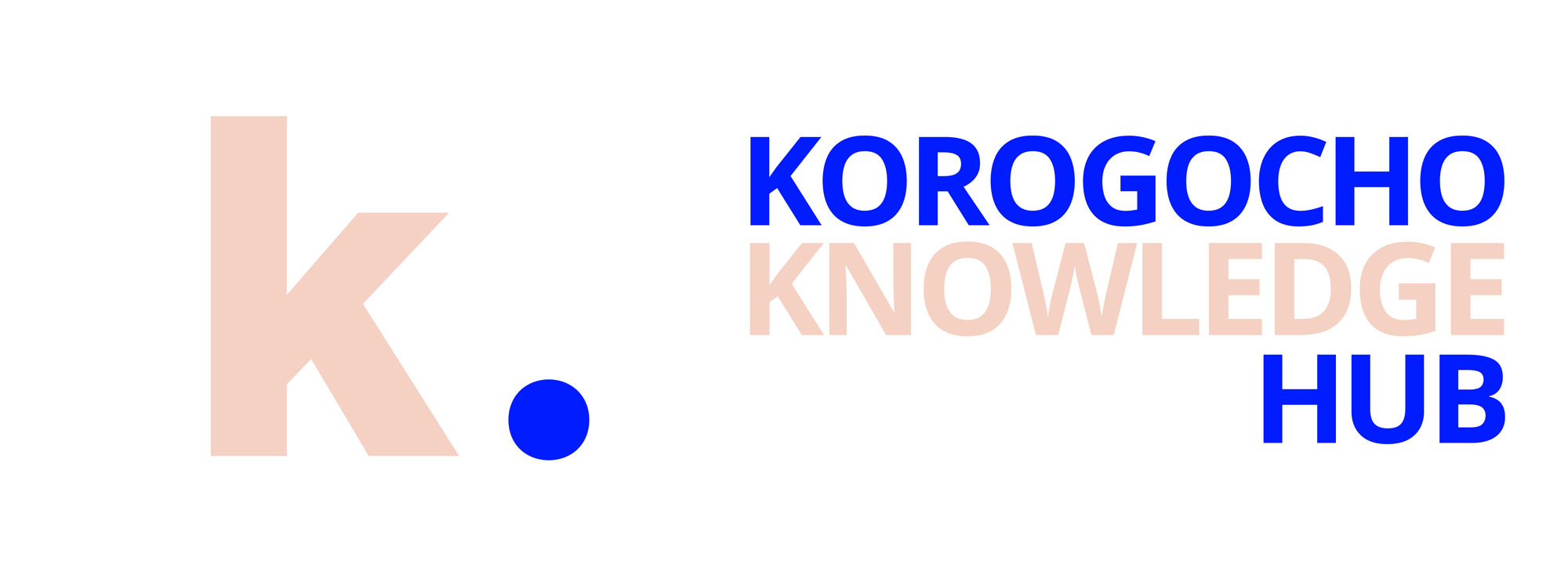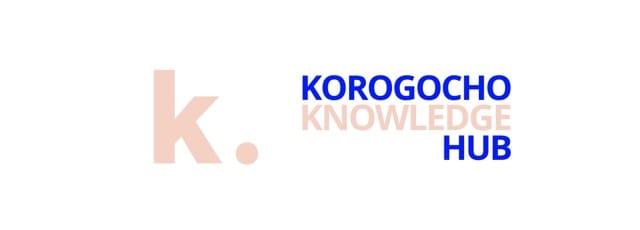Water | Brief
For Korogocho, water is not only a source of life. All too often, it is also a source of disease. Read studies about lack access to safe water sources.

When water makes you sick: Korogocho between epidemic and solution
A few downpours are enough to turn the alleys of Korogocho into sewers. Rubbish piles dissolve, rivulets penetrate houses, children play next to standing puddles – biotopes for mosquitoes and germs. For Korogocho, water is not only a source of life. All too often, it is also a source of disease.
Studies show that many parts of this informal settlement lack access to safe water sources, sewage ends up in open ditches, and latrines are overfilled – perfect conditions for waterborne diseases (diseases spread through contaminated water) such as diarrhoea, cholera and typhoid -> see background information
The silent factor behind the figures: morbidity
Morbidity refers to the incidence of disease in a population. In Korogocho, it is primarily driven by a systemic problem: unsafe water supply and a lack of sanitation facilities, which are often improvised. Sewage on the streets, overflowing latrines, open ditches – all of this contaminates the environment and drinking water and promotes outbreaks of disease -> background and case studies.
A particularly harsh finding: one in five infant deaths is linked to diarrhoea caused by unclean water and poor hygiene – a statistical echo that is noticeable in everyday life -> source in full text.
Water: From source to disease
Many residents buy water from informal traders or tap surface water – ways in which pathogens (disease-causing germs) enter the household. Rain washes faeces into collection points; when outbreaks occur, children under the age of five are particularly affected, quickly suffering from dehydration and malnutrition -> overview PLUS -> context.
Sanitation crisis and rubbish: vectors (carriers) in the alleys
Vectors are carriers – such as flies, rats or mosquitoes. They are attracted by piles of rubbish that have not been cleared for weeks and blocked drains. During the rainy season, contaminated water enters living spaces, increasing the risk of skin infections, respiratory infections and parasitic diseases -> case report & community profile.

The main diseases – briefly explained
In Korogocho, the following diseases predominate:
• Cholera (caused by Vibrio cholerae): severe diarrhoea, risk of dehydration
-> READ: Background & national situation
• Typhoid fever (Salmonella typhi): fever, abdominal pain, often caused by contaminated water/food.
-> READ: Overview
• Diarrhoea/dysentery (Shigella): bloody or watery diarrhoea; rapid treatment necessary.
-> READ: Overview
• Hepatitis A and E (liver inflammation): transmitted via the faecal-oral route, often through contaminated water.
-> READ Context
• Giardiasis (Giardia lamblia) and amoebiasis (Entamoeba histolytica): protozoan infections (protozoa = single-celled parasites), leading to prolonged diarrhoea.
-> READ: Settlement data/socioeconomics.
Routes of infection – faecal-oral and vector-borne
• Faecal-oral: ingestion of germs from human/animal faeces via water or food – the main route in informal settlements
-> READ: Basics
• Vector-borne: Flies, rats and mosquitoes transport germs into food and homes
-> READ: (Community profile)

What works now: Immediate measures with high impact
Short-term effective steps that have been proven in studies and practical projects:
- Clear drains, remove rubbish: unblocking ditches, secure rubbish collection – fewer floods, fewer germs (case study).
- Safe water in the home: chlorination (addition of disinfectants) or filtration; safe storage in sealed canisters (evidence overview)
- Practising good hygiene: washing hands with soap before eating and after using the toilet; school and parent programmes bridge the gap between knowledge and action (project examples).
- Basic health: vaccinations, rapid diagnosis and treatment, strengthening of mother-child services (overviews).
- Protect nutrition: Exclusive breastfeeding (only breast milk) in the first 6 months, targeted nutritional support reduces vulnerability (study situation).
FAQ WATER / WASH
__ What are the most common water-related diseases in Korogocho?
Cholera, typhoid fever, diarrhoea/dysentery, hepatitis A/E, giardiasis, amoebiasis.
-> Overview
-> Settlement data
__ How are they mainly transmitted?
Faecal-oral (via water/food) and vector-borne (via carriers such as flies).
-> Basics
__ Which immediate measures are most effective?
Clean water in the home (chlorination/filtration), hand washing with soap, waste collection/drain cleaning, rapid treatment in primary care.
-> Evidence
__ How much does a 3-month WASH emergency programme cost?
Roughly £100,000–£300,000 for ~150,000 people, depending on market prices and starting level.
-> Cost models
⸻


Comments ()